For decades, Nashville has had a complicated relationship with the Cumberland River. This waterway meanders around the city’s north side and bisects one section of Nashville from the other, so it stands as the backdrop for many residents’ day-to-day lives. But how much do you really know about it? Did you know, for example, that rumors of dead cows floating in the Cumberland have peppered Nashville social circles for decades? We did some research into this local lore.
But first, some really juicy history.
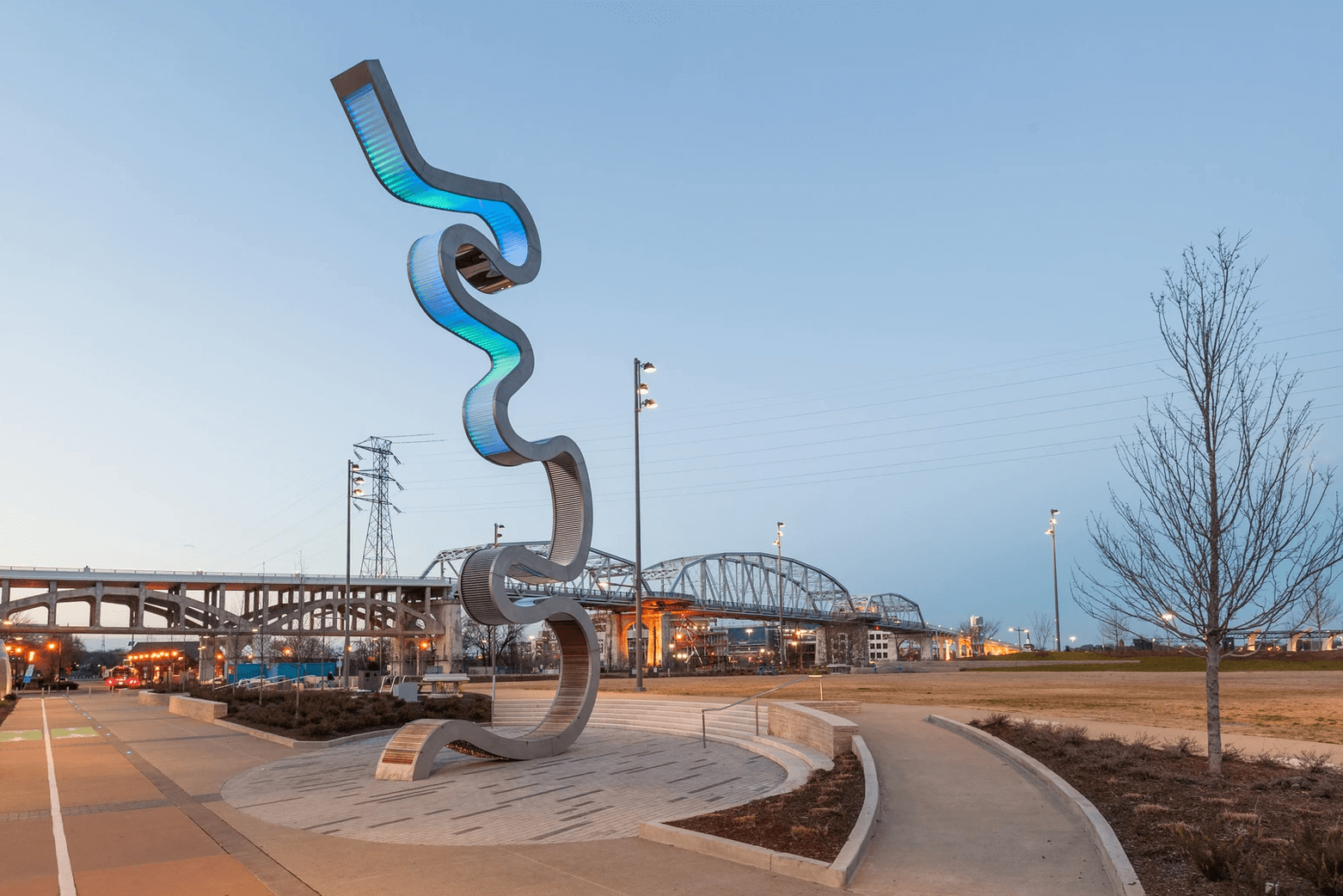
The Cumberland’s Filthy Reputation
The Cumberland was an essential means of transportation in the 18th and 19th centuries, carrying furs, coal, and settlers across the state. Though it turned Nashville into a regional center of commerce, the town never really emerged as a large port city like St. Louis or Memphis. There are a couple of reasons for this.
First, the winding path that the river takes around Nashville, combined with shallow and narrow sections along the way, makes the Cumberland a less-than-ideal method of transportation — primarily via steamboats or barges, which most efficiently carry the largest loads of cargo. Second, during the New Deal era of the 1930s, the U.S. Army Corps of Engineers began constructing reservoirs along the Cumberland to control flooding and produce hydroelectric power.
While Tennesseans benefit from these factors and the fun aquatic activities offered on Kentucky Lake, Lake Barkley, Cheatham Lake, Percy Priest, Old Hickory Lake, and Dale Hollow, this also meant that any cargo carrier traveling from west to east had to pass through a series of locks along the way. This further slowed the journey, unlike traveling on the Mississippi, which offers a straight shot from Granite City, IL, to New Orleans.
As an urban waterway, the Cumberland River is the repository for runoff from Nashville storm sewers and streams that end at the river. Unfortunately, this has caused the River to experience severe water pollution issues. In the past, it has become the receptacle for much of Nashville’s waste. Residents acknowledged this by snidely referring to the river as “The Scumberland” and asking for a glass of “Cumberland Punch” when requesting tap water at a restaurant.
There is even a legendary story about a water skiing trip down the Cumberland, where a skier behind the boat nearly hit a dead cow floating down the river. This story is usually told by someone claiming to be a friend of the supposed bovine collision victim or a friend of a friend. The details are about as murky as the Cumberland was back then, but it’s a rampantly told story of lifelong Nashvillians.

Cleanup Efforts
After decades of joking about the river, Nashville finally noticed that the Cumberland River Basin is actually the source of clean water for more than three million Middle Tennesseans. Additionally, thousands of animal species depend on the health of the river. Groups came together to address the roots of urban and rural water pollution. Runoff from farmers’ fields along the river’s path introduced chemicals and silt to the water, and periodic damming to provide irrigation water also disrupted the river’s natural flow.
Specifically in Nashville, the Metro government began working on cleaning up the river and integrating the riverfront into urban plans. A significant problem in the late part of the previous century was sewage overflows. As much as 2.4 billion gallons of sewage spilled into the Cumberland in 1989. Considering the Cumberland is the county’s primary source of fresh water, that was a problem. Dedicated efforts markedly improved the situation. In 2008, a group of two dozen Metro Council members and environmentalists jumped into the river wearing life vests and paddled their way across in about five minutes to demonstrate the progress that had been achieved.
Metro Parks and Recreation also embraced integrating the Cumberland into the city by establishing public parks along the river. Riverfront Park became a centerpiece of downtown, hosting concerts and major events drawing visitors to the foot of Broadway, with the river as a backdrop. Cumberland Park on the East Bank also hosts public events and has become a popular play area for children.
Plans for a new Wharf Park will create another green space for locals and tourists alike to enjoy. The impending redevelopment of the East Bank around the new Titans stadium will further integrate the waterway into the urban environment and represent another opportunity to highlight the importance of the Cumberland to the city.

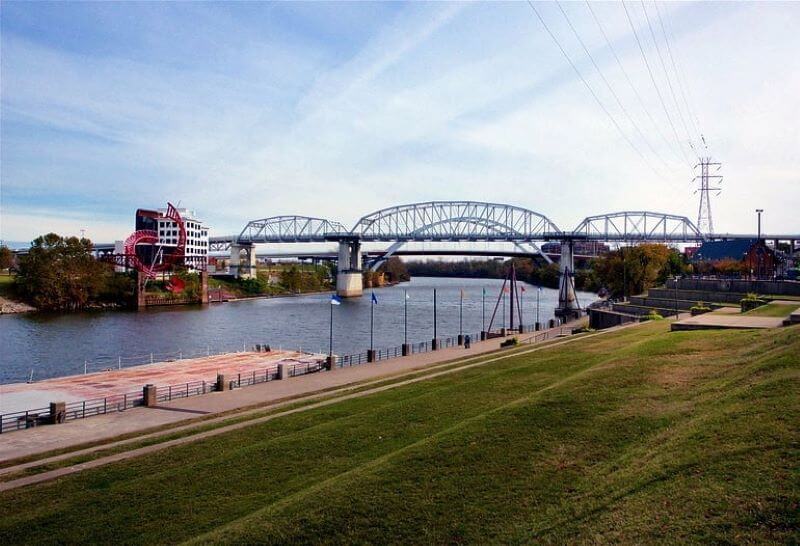
Private organizations have also taken the lead in cleaning up the river and tributaries that feed into it. R!vive was an organization founded using grant money from The Dan and Margaret Maddox Charitable Fund to create the Nashville Waterways Consortium, including the Cumberland River Compact, the Harpeth Conservancy, the Nature Conservancy, the Richland Creek Watershed Alliance, and the Tennessee Environmental Council. The group members allied to address water pollution issues in the region.
They sponsored large murals in Downtown and 12 South to draw attention to the importance of bringing clean water to the people and animals in Middle Tennessee. Although the alliance disbanded after the grant money ran out, individual organizations continue to support the original mission, and the murals remain a constant reminder to all who see them.
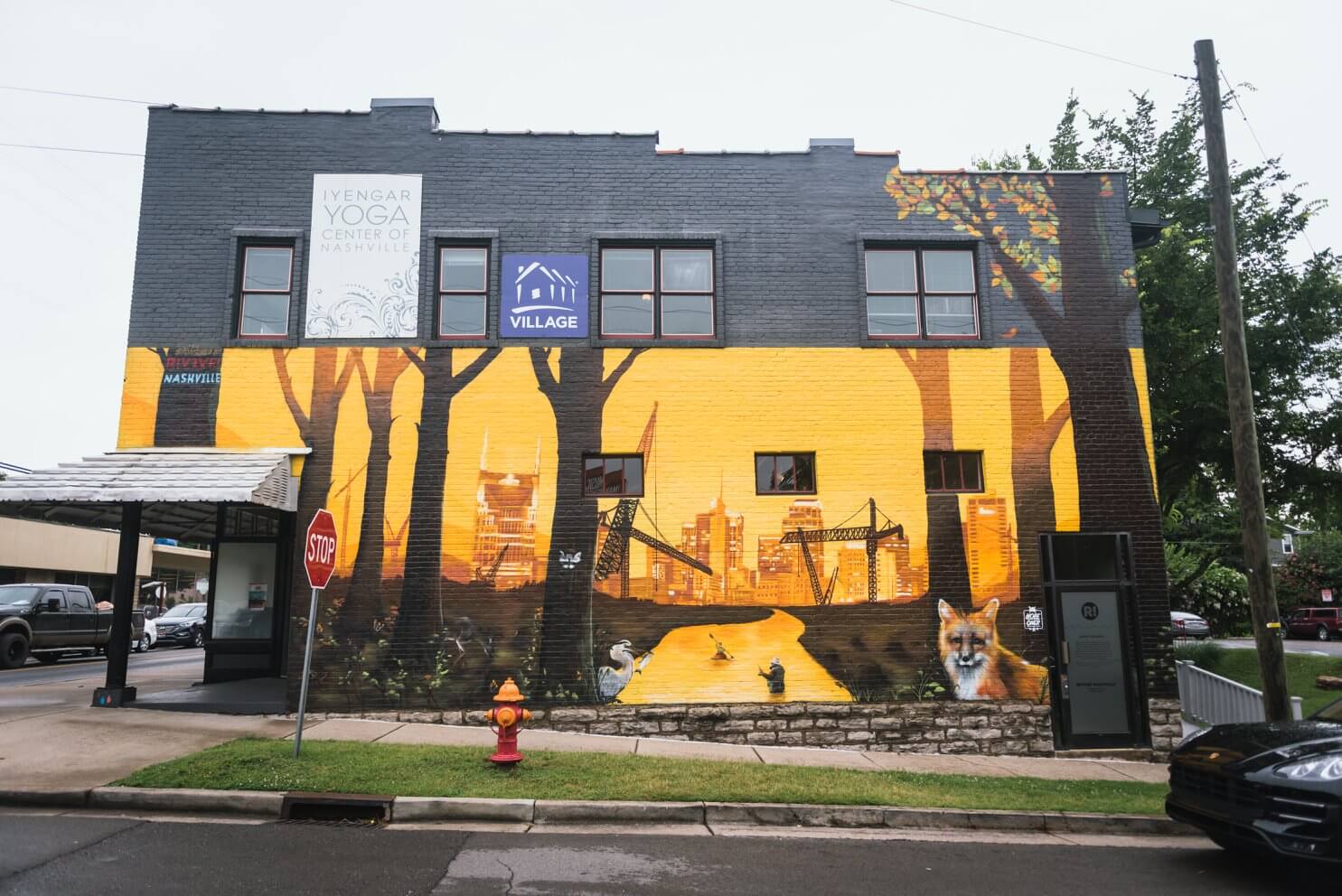
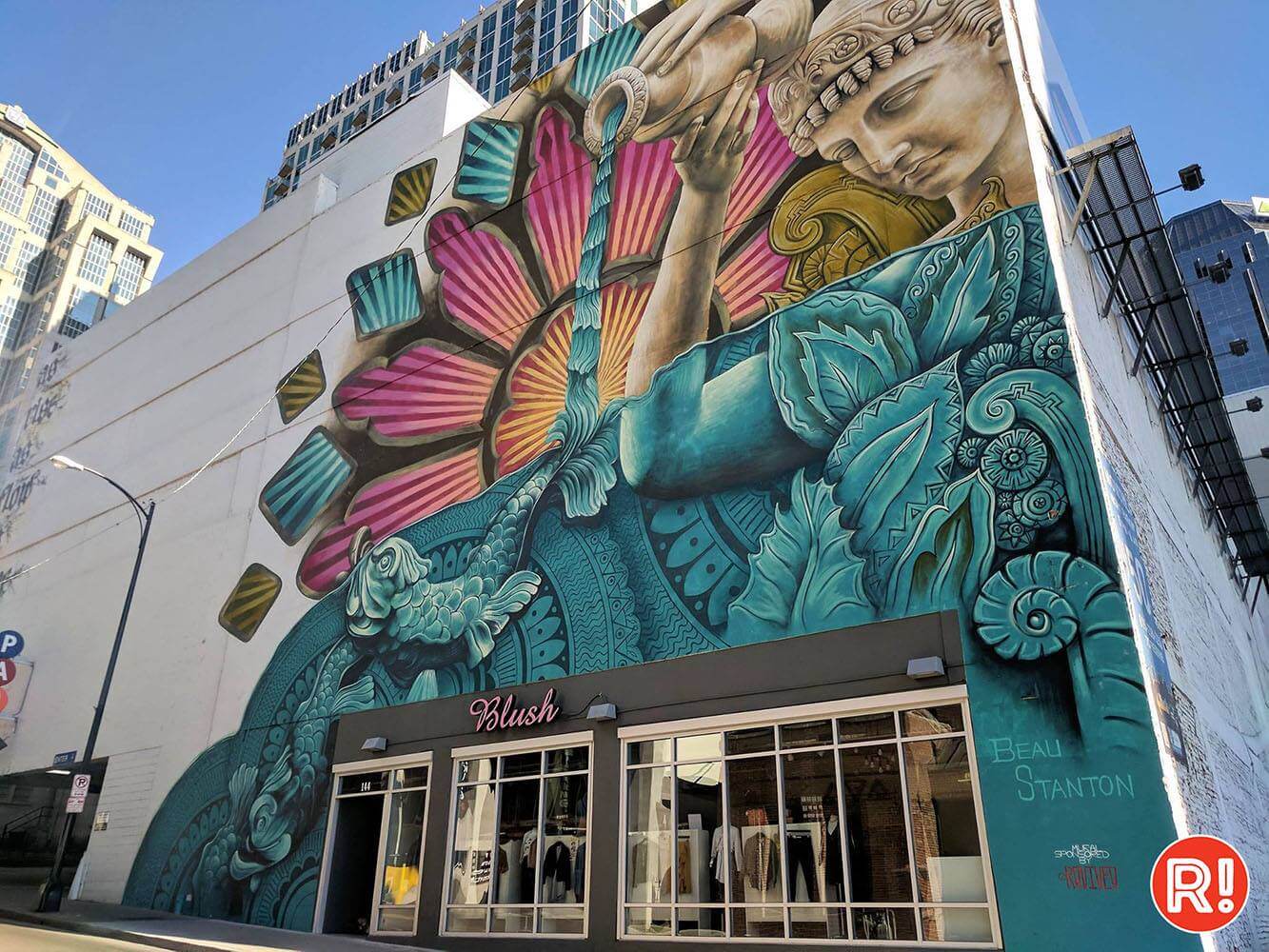
The Cumberland River Compact remains a leader in efforts to improve and preserve the river’s health. The volunteer organization conducts ongoing efforts to restore the stream banks of the creeks that feed the watershed, plant trees, and cover crops to decrease soil runoff that muddies the river. They also mount massive periodic cleaning efforts, where crews remove tons of trash from the river, including hundreds of tires, plastic waste, and even the occasional Bird scooter.
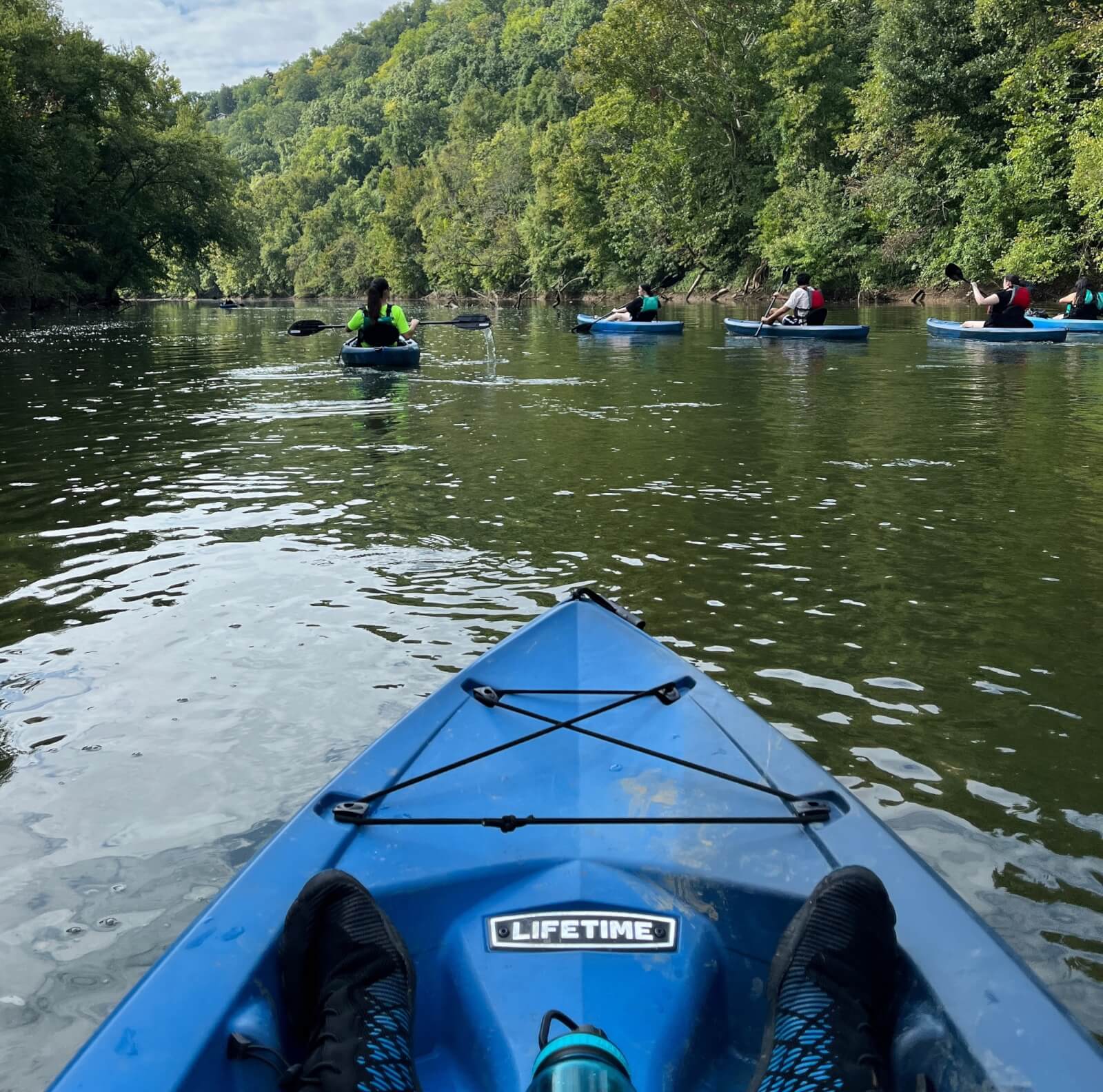
The group also spearheads educational opportunities in local schools and the community to draw attention to the Cumberland’s plight and importance. Volunteers create rain gardens, remove dams that prevent navigation, and restore the natural path and flow volume on neighborhood creeks. They also work to restore areas damaged by periodic flood events.
Despite setbacks like the flood of 2010, the river has vastly improved since the days when locals joked about the “Scumberland.” Shelby Bottoms is now home to a vast array of wildlife, demonstrating the improving health of the stretch of the river through downtown. Visitors to the Shelby Park Greenway might spy herons or even eagles near the riverfront, and the marshy areas are home to thousands of frogs, newts, and other amphibians. All of these sightings indicate a healthier balance between man and nature.

Life on the River
Local outfitters lead kayak tours from Shelby Park to downtown, an idea that would have been unheard of thirty years ago. A placid hour-long paddle offers unique vistas of downtown and the chance to appreciate the benefits of living in a river city. The Cumberland now plays host to events that are actually in the water as opposed to beside it. The energy drink Red Bull has twice hosted “Flugtag” events, where intrepid daredevils construct contraptions in the hopes of flying off a ramp into the Cumberland. In truth, none of them made it very far, but it was entertaining and proved the river was a safe landing zone!
Local triathlons even include open-water swimming legs in the river before sending competitors on a biking and running tour of Nashville.

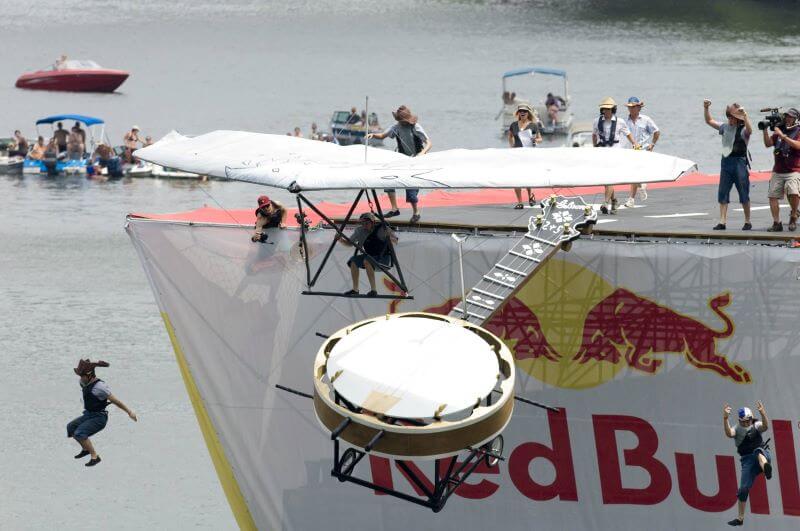
The Annual Dragon Boat Festival
The most colorful and famous event on the river is coming up again on Saturday, September 23, as the 15th Cumberland River Dragon Boat Festival returns to Downtown. On the day of the race, attendees watch co-ed teams of 20 paddlers, all hoping to be crowned the champions. As they propel colorful 46-foot-long boats down the Cumberland, the cadence of a drummer pounds out the stroke rhythm. It’s another opportunity to engage and educate the community; the event is hosted by The Cumberland River Compact.

While the free event is billed as a competition, it also allows people to gather by the river and experience the spectacle. Plus, you can enjoy food, drinks, and entertainment as a community. It also serves as an important reminder of the role of the Cumberland as an artery through the heart of Nashville.
And, as far as we know, none of those Dragon Boats has ever encountered a dead cow floating in their path.
***********
Discover more fascinating Nashville history in the StyleBlueprint archives.



















